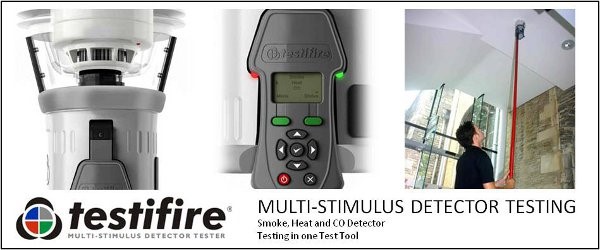Fire Alarm Systems
We offer a range of fire alarms systems designed for small homes all the way to large businesses. If you’re unsure of what you need then contact us for recommendations!
Fire Alarm Grades
Covert Security Systems can install and maintain your fire alarm system. Fire detection systems are defined by the following six grades:
- Grade F – Battery powered smoke alarms
- Grade E – Mains powered smoke alarms without stand-by power supply
- Grade D – Mains powered alarms with a stand-by power supply
- Grade C – Detectors and sounders or alarms with central control with a stand-by power supply
- Grade B – Detectors and sounders using simpler specified equipment
- Grade A – A full system with control and indicating equipment installed to BS 5839 Part 1
The greater the risk your home or business is at to having a fire, the more complex your fire alarm system should be.
Systems intended for the protection of life of divided into the following categories:
- LD4 – Installed in escape route areas
- LD3 – Includes LD4, plus detection of rooms that open onto escape routes
- LD2 – Includes LD3, plus detection of defined parts the building
- LD1 – Systems installed throughout the whole building
There’s no one solution to fire systems as each system needs to be custom-fitted to the building it’s in. Contact us now for a free quote!
Types of Systems
Standard System
These systems are installed in smaller buildings like homes, offices, and shops. They will identify the specific area where the fire signal is produced. Our engineers can quickly and easily set these up.
Analogue Addressable Systems
These systems are more complex than a standard fire alarm system. They are designed for larger buildings like multi-floor offices and schools. All devices are connected to a central control panel which will display which device was triggered by a fire or fault signal.
Over 8000 devices and be networked together and divided into multiple zones that allow a response team to quickly identify where the fire is.
Houses in Multiple Occupation
BS 5839 Part 6 defines an HMO as “a house that is occupied by persons who do not form a single household.” Buildings like flats and bedsits fall under this category. HMOs need a more custom network including a standard fire alarm system to cover areas like the lobby and corridors. Each individual flat can be fitted with a mains-powered Grade D alarm.
Risk Assessment
It is a legal requirement for you to have a fire risk assessment conducted on your premises. Our specialists at Covert can conduct a fire risk assessment where we will consider the following aspects of your property:
- Fire-fighting equipment
- Fire training and procedures
- Maintenance of equipment and systems
- Provision of an emergency plan
- Sources of ignition, fuel, and oxygen
- Persons at risk
- Fire detection and warning systems
- Means of escape
To see how Covert Security Systems can help reduce your liability and give you peace of mind give us a call today.




